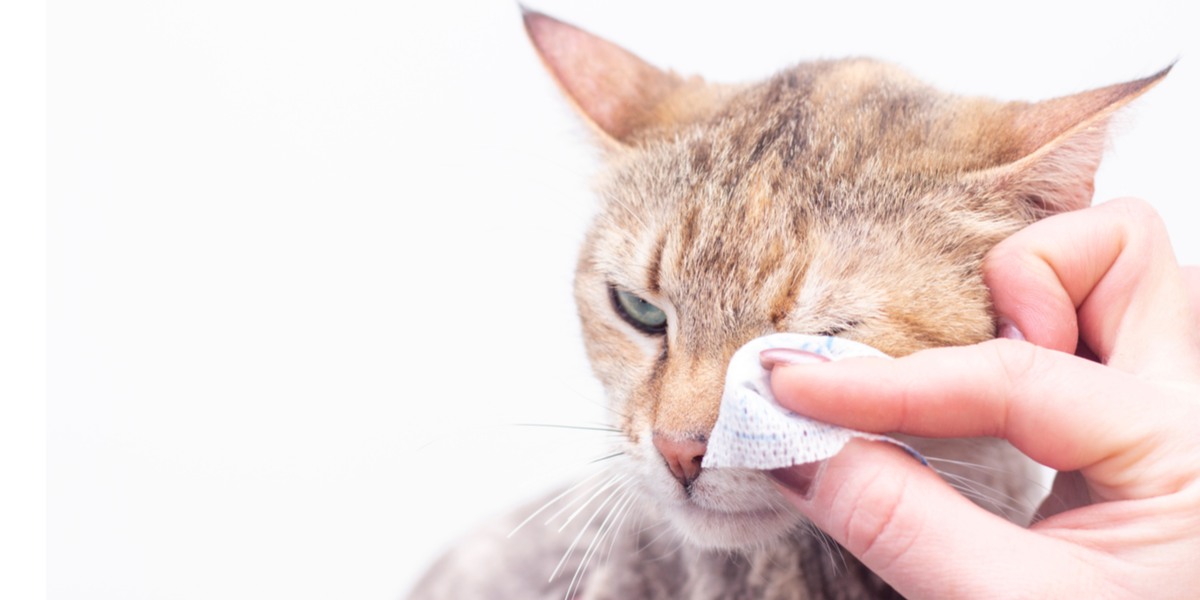
Eye problems are common in cats, and conjunctivitis is the most common presentation. Most people have a vague understanding of the term “conjunctivitis”, and if their pet cat develops runny, sore-looking eyes, they may even think “my cat has conjunctivitis”.
The aim of this article is to explain the details about conjunctivitis and to make it easier to help cats suffering from this common problem.
Quick Overview: Conjunctivitis In Cats






What Is Conjunctivitis?
The precise definition of medical terminology makes it easier to understand what is going on. The word “conjunctivitis” can be broken down into three segments:
- The postfix -It is means “inflammation”. So “conjunctivitis” means “inflammation of the conjunctiva”.
- The “conjunctiva” or the “conjunctival membrane” is the fine, translucent structure that lines the cat’s eye socket, covering the eyeball, the surface of the eye, and the inside of the eyelids. It’s a bit like a biological sheet of cling film.
- “Inflammation” describes the body’s reaction to an insult of some kind: redness, heat, soreness, swelling, and loss of function. So in conjunctivitis, the cause of the inflammation is the “insult”, and as a result, the lining of the eye becomes reddened, warmer than normal, uncomfortable, swollen, and the eyes no longer work normally.
Causes of Conjunctivitis in Cats
There are five main causes of conjunctivitis in cats. These are as follows:
- Viruses
- Bacteria
- Environmental irritants
- Allergies
- Trauma
An eye infection caused by viruses or bacteria is the most common cause of conjunctivitis in cats. Out of interest, dogs are different. Non-infectious causes including irritants or allergies are more common than infectious causes.
1. Viral Infections
There are two common viruses that can cause conjunctivitis in cats. These viruses are both generically known as the “cat flu” viruses. As well as conjunctivitis, these viruses also often cause other signs of upper respiratory infection, including sneezing.
- Feline Herpes Virus (FHV) is the most common viral cause of conjunctivitis in cats. Most kittens are protected against this virus by the standard routine vaccinations, but sometimes they have already picked up the virus when very young, and other cats may pick up the virus because they have not been vaccinated adequately. Just like herpes simplex cold sores in humans, the Feline Herpes Virus can stay in the system for the long term. Typically, a cat will suffer from repeated bouts of mildly sore eyes with intermittent discharge. If a chronically infected cat is stressed, the immune system is temporarily suppressed, and the virus will become more active, causing a recurrence of conjunctivitis. This is similar to the way that human cold sores can flare up when people are stressed. Cats with Feline Herpes Virus conjunctivitis are often never completely cured, but with the right medication, the signs can be kept under control, and they can be kept comfortable.
- Feline Calicivirus (FCV) is the second common viral cause of conjunctivitis. Again, this is included in a kitten’s usual vaccination programme, and it is more common in young kittens that have not yet been vaccinated, or unprotected older cats. With FCV there are often other signs, including a high temperature and ulceration of the tongue and lining of the mouth.
As well as these two cat flu viruses, Feline Immunodeficiency Virus (FIV) may lead to conjunctivitis as one of the many signs shown by infected cats.
2. Bacterial Infections
A number of different non-viral infectious causes can also cause conjunctivitis, including organisms called Mycoplasma and Chlamydophila.
3. Environmental Irritants
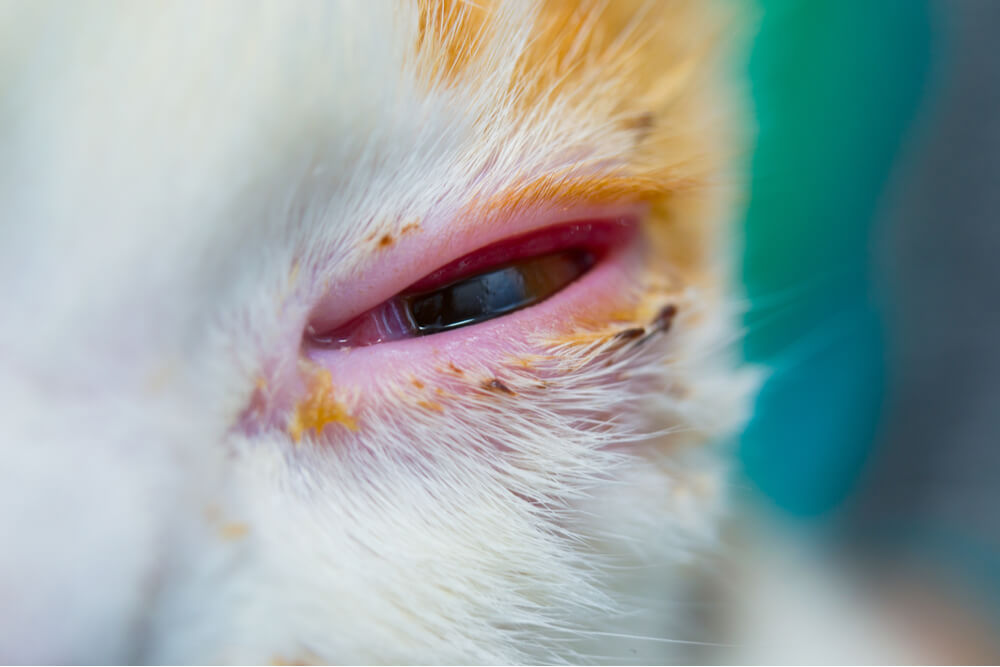
Conjunctivitis is defined by inflammation in and around the eye, leading to redness, discharge, and a swollen, protruding third eyelid.
If a cat is exposed to dusts, powders, sprays, or vapours from a number of sources, the eyes may be irritated, resulting in conjunctivitis.
4. Allergies
Cats can develop allergic reactions to a number of possible allergens, including pollens and dusts, and this can lead to conjunctivitis.
5. Trauma
If a cat suffers a physical injury to the eye, the lining of the eye may react by becoming inflamed, presenting as conjunctivitis. Injuries can be caused by cat fights (a scratch or bite to the eye), foreign bodies (e.g. grass seeds), or a number of other possible physical traumas.
Ingrowing eyelashes or other conformational issues such as inturned eyelids may cause long term trauma leading to feline conjunctivitis.
Signs of Conjunctivitis in Cats
Affected cats show a number of common clinical signs.
- Redness of the lining of the eye, giving the appearance of a “pink eye” or “red eye”
- Eye discharge, sometimes clear, or sometimes yellow or green. If the tear ducts become blocked with inflammatory debris, the increased tear production seen in conjunctivitis can lead to obviously tear-streaked cheeks.
- Affected eyes may be half-closed, with the cat squinting
- The cat may show excessive blinking
- The third eyelid may be swollen and protruding, visible in the corner of one or both eyes
Diagnosis of Conjunctivitis in Cats
Cats with conjunctivitis should be taken to the veterinarian, who will carry out a full ocular examination, checking the structures around the eyes, as well as examining the eyes in detail. Ideally, the cause of conjunctivitis should be definitively established.
This can involve blood tests, swabs, and other tests. These are not always carried out, for economic and other reasons, and they may not be necessary for individual cases. Your veterinarian will guide you on the best approach.
Dry swabs from the lining of the eye may be submitted for Polymerase Chain Reaction (PCR) tests for Feline Herpes Virus and Chlamydophilia, while moist swabs may be submitted in special virus transport medium to screen for Feline Calici Virus.
Treatment and Recovery
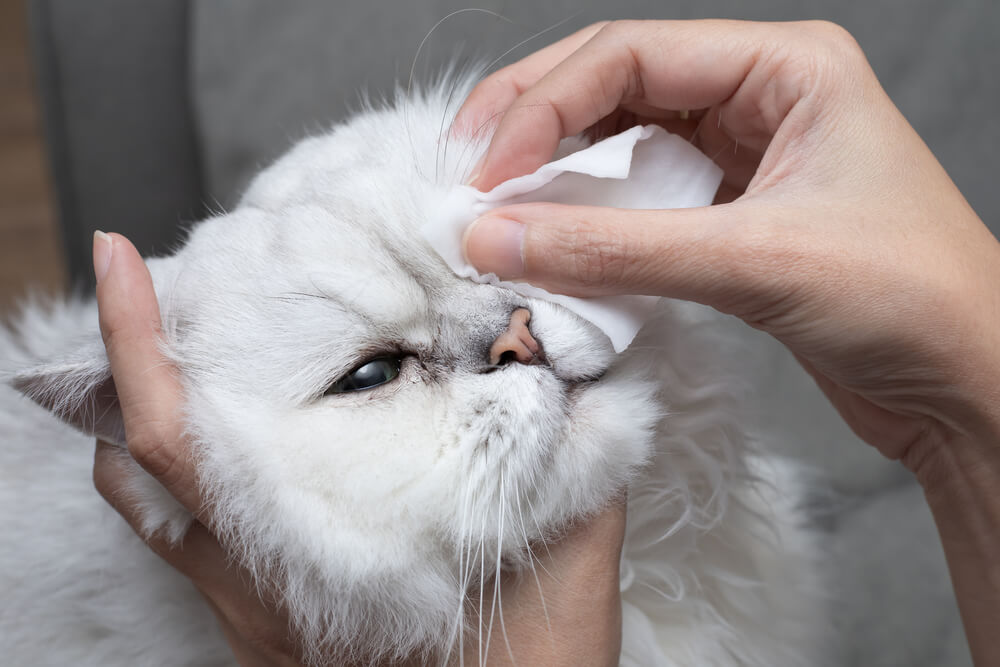
Treatment for conjunctivitis in cats usually involves eye drops and ointments. Depending on the underlying cause, your cat may need antibiotics or antiviral medication.
Treatment depends on the suspected cause, but eye drops or eye ointment are usually prescribed by your veterinarian. Possible treatment options include:
- Topical antiviral eye drops
- Oral antiviral medication
- Topical antibiotics
- Anti-inflammatory medication in certain, specific cases
Conclusion
Conjunctivitis is common in cats, and professional assistance from your veterinarian is important to ensure that your cat is returned to full health as rapidly as possible.




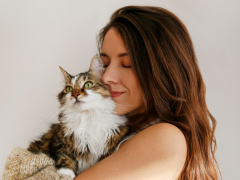
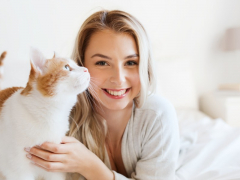

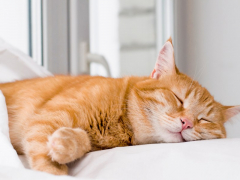
Please help my cat eye is looking like that please leave some tips that will make it better please 🥺
Hi Hazelle, thank you for reaching out. Veterinary Secrets has a good video on this.
I’m really impressed with the brief as a guideline but always as a safe measure I take my Fe9nines to a veterinarian. It’s amazing how submissive they are when inside the surgery except for one who goes mental taking about three people including me to hold and calm him down with I needing medical attention after for mark of the claws you name it. Jan Anthonisz